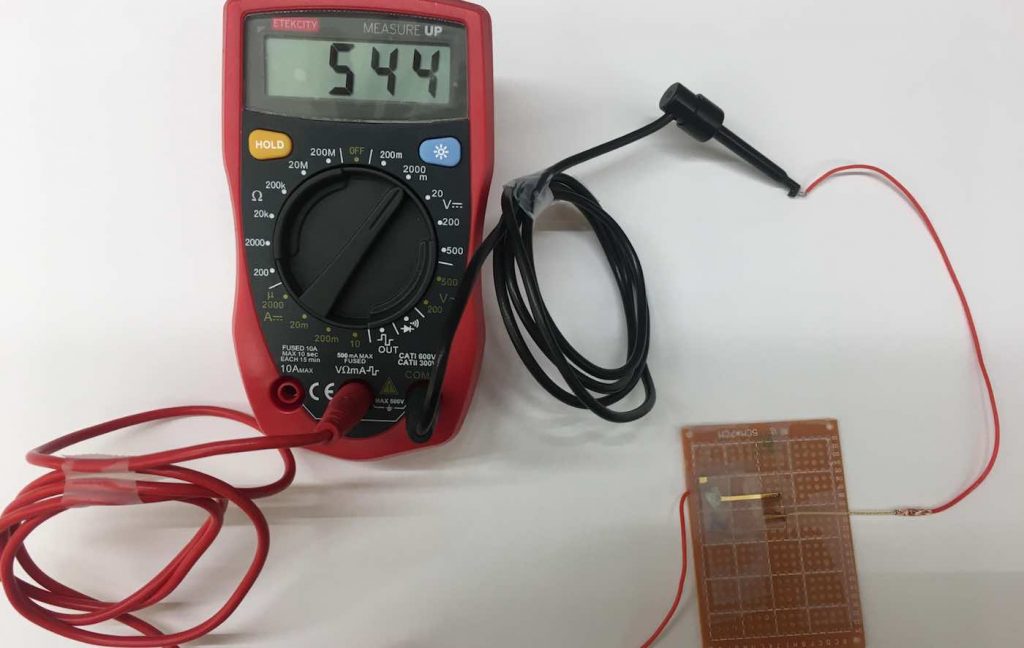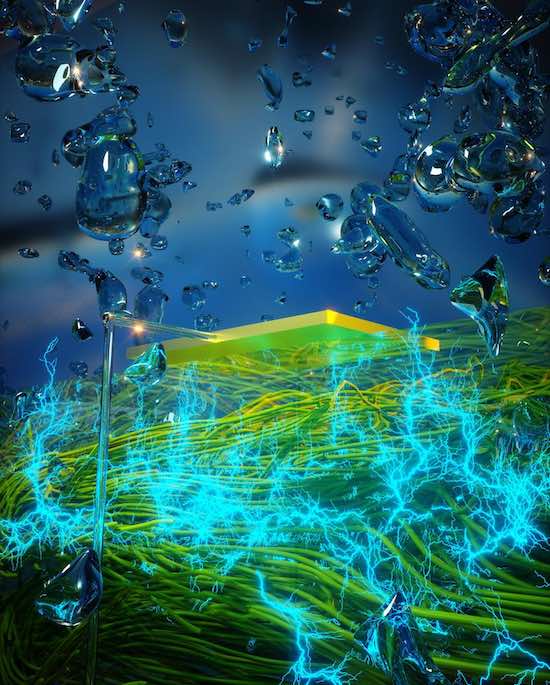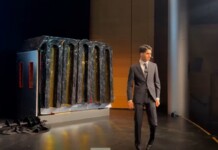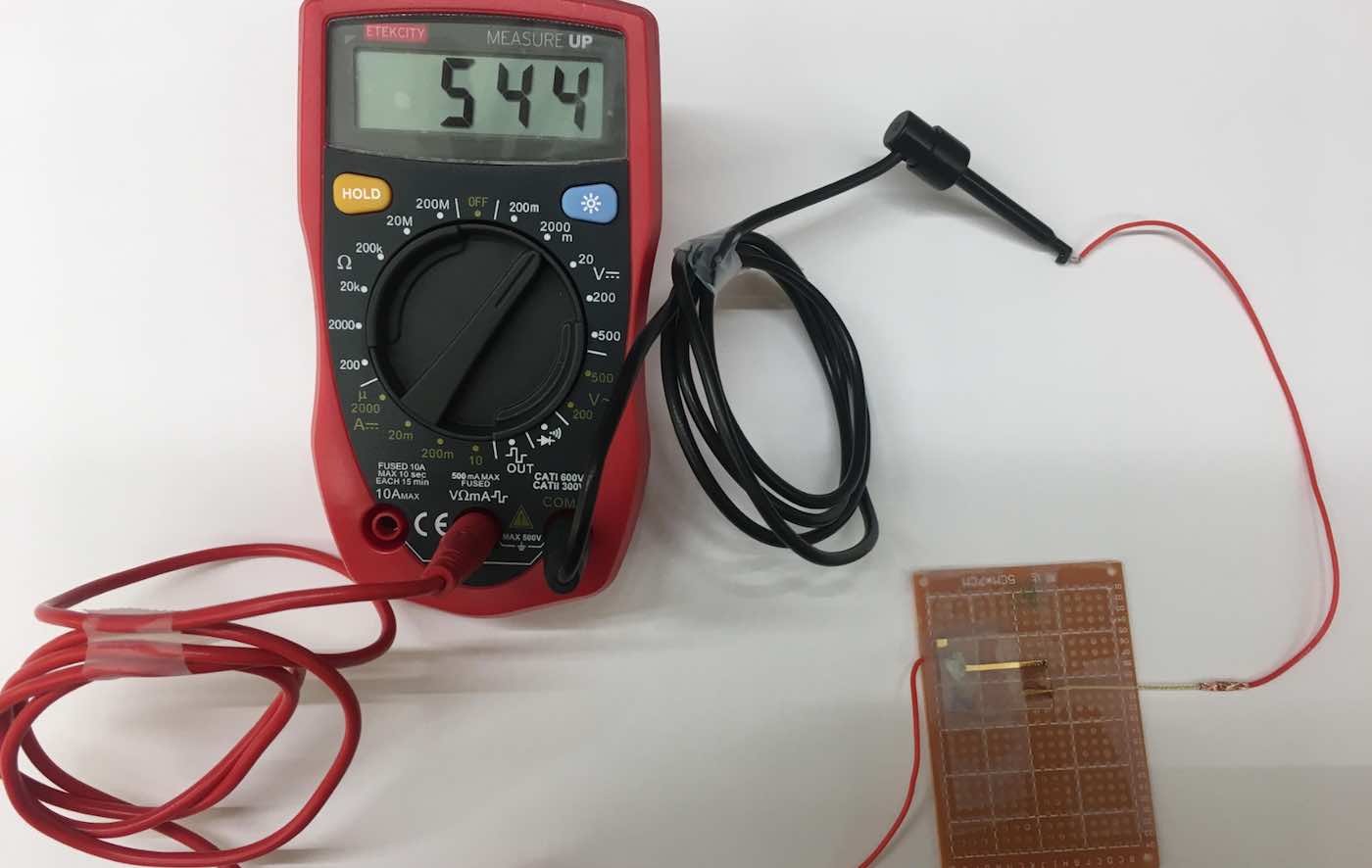
A totally science-fiction device developed by scientists in Massachusetts would allow people to pull electricity out of thin air.
Back in 2020, GNN reported on an exciting experimental technology called Air-gen.
It used a protein nanowire film derived from the bacteria species Geobacter sandwiched between two electrodes that could generate electricity via the humidity absorbed within the fine pores of the film.
Now, the team from Univ. of Massachusetts Amhurst has made another breakthrough in this Air-gen technology.
“What we realized after making the Geobacter discovery is the ability to generate electricity from the air—what we then called the ‘Air-gen effect’—turns out to be generic,” explains Amhurst Professor Jun Yao.
“Literally any kind of material can harvest electricity from the air—as long as it has a certain property. It just needs to have holes smaller than 100 nm (nanometers)—or less than a thousandth of the width of a human hair.”

These Air-gen devices could generate kilowatts of electricity that would be non-polluting, renewable, and low-cost. They could generate power even in areas with extremely low humidity such as the Sahara Desert, and have significant advantages over other forms of renewable energy including solar and wind, because unlike these, the Air-gen does not require sunlight or wind, and “it even works indoors.”
For readers curious as to how such a small setup generates power, it relies on the ‘mean free path,’ or the distance a single molecule of water travels in the air before it bumps into another.
Whatever material a manufacturer or engineer might use, provided it’s as small as Dr. Yao explains above, it should allow water molecules to pass from the upper to the lower part of the material.
MORE SCIENCE NEWS: Newly Discovered Enzyme Turns Air Into Electricity, Promising a New Clean Source of Energy
Each pore is so small the molecules would easily bump into the edge as they pass through, meaning the upper part would be bombarded with many more charge-carrying water molecules than the lower one.
It creates a charge imbalance, like that in a cloud, as the upper part increased its charge relative to the lower part. This would effectually create a battery that runs as long as there is any humidity in the air.
“You could imagine harvesters made of one kind of material for rainforest environments and another for more arid regions.”
MORE SCI-TECH: Swedish Firm to Unlock the Electricity of the Sea With Largest Wave Power Station in the World
Since humidity is ever-present the harvester would run 24/7, rain or shine, at night, and whether or not the wind blows. Because of its thinness, thousands can be stacked on top of each other so that it can efficiently be scaled up, increasing the amount of energy without increasing the footprint of the device.
Such an Air-gen device would be capable of delivering kilowatt-level power for general electrical utility usage anywhere on Earth.
SHARE This Breakthrough On A Breakthrough With Your Friends…




















